Inside the 911 call center for sick, injured marine animals in New Jersey
Listen-

-

-

-

-

-

-

-

-

-

-

-
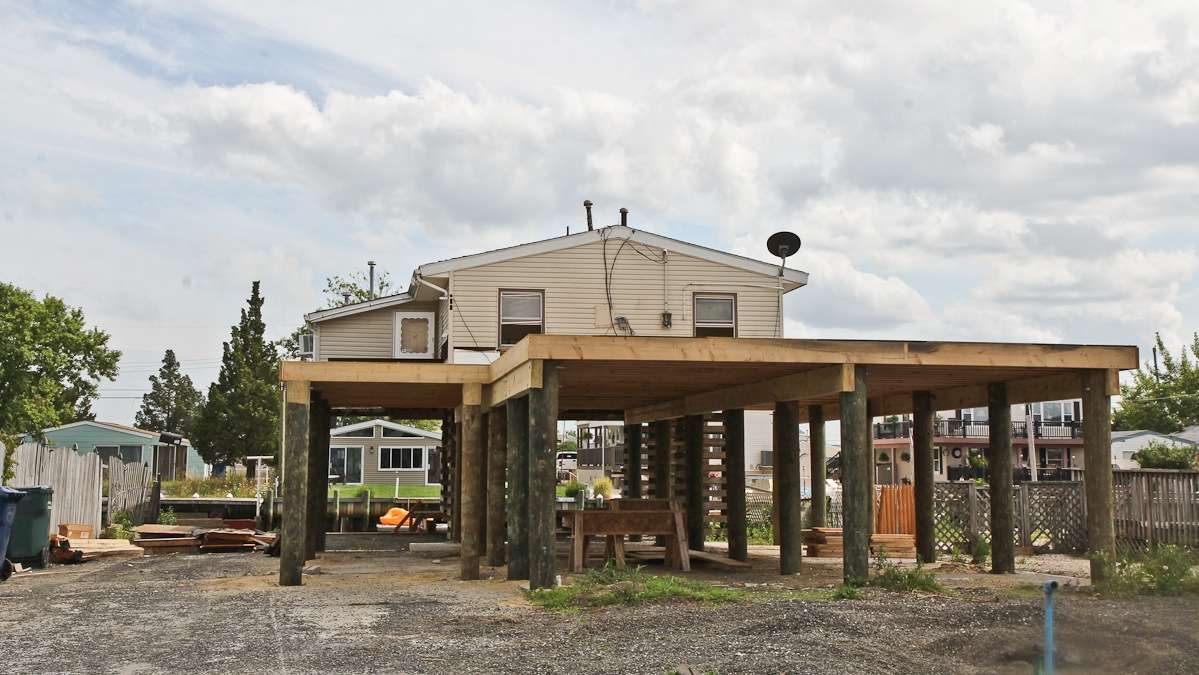
A home is raised in Tuckerton
-

-

-

-

-
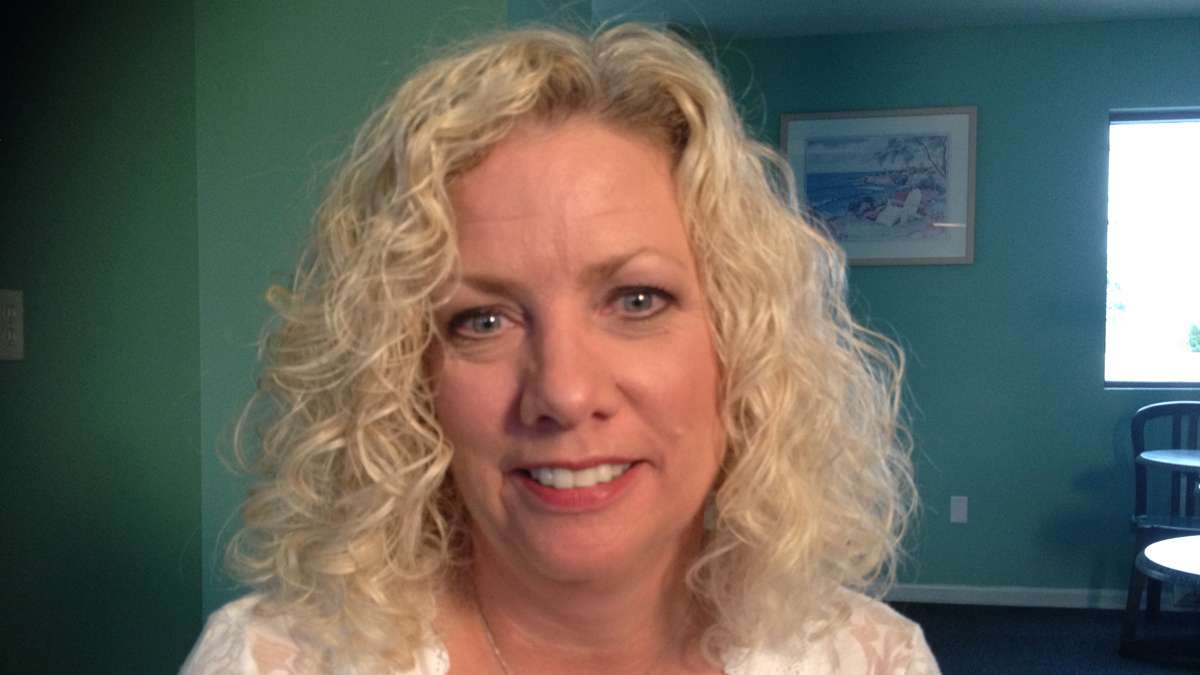
-
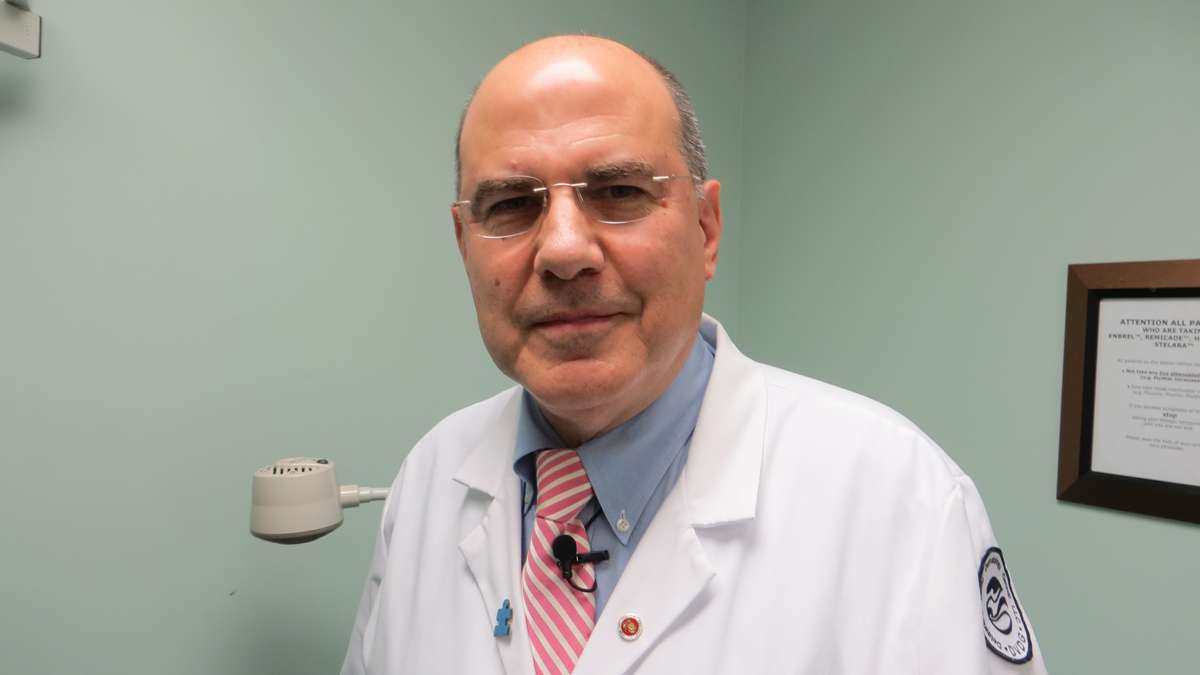
-

-

-

-

-
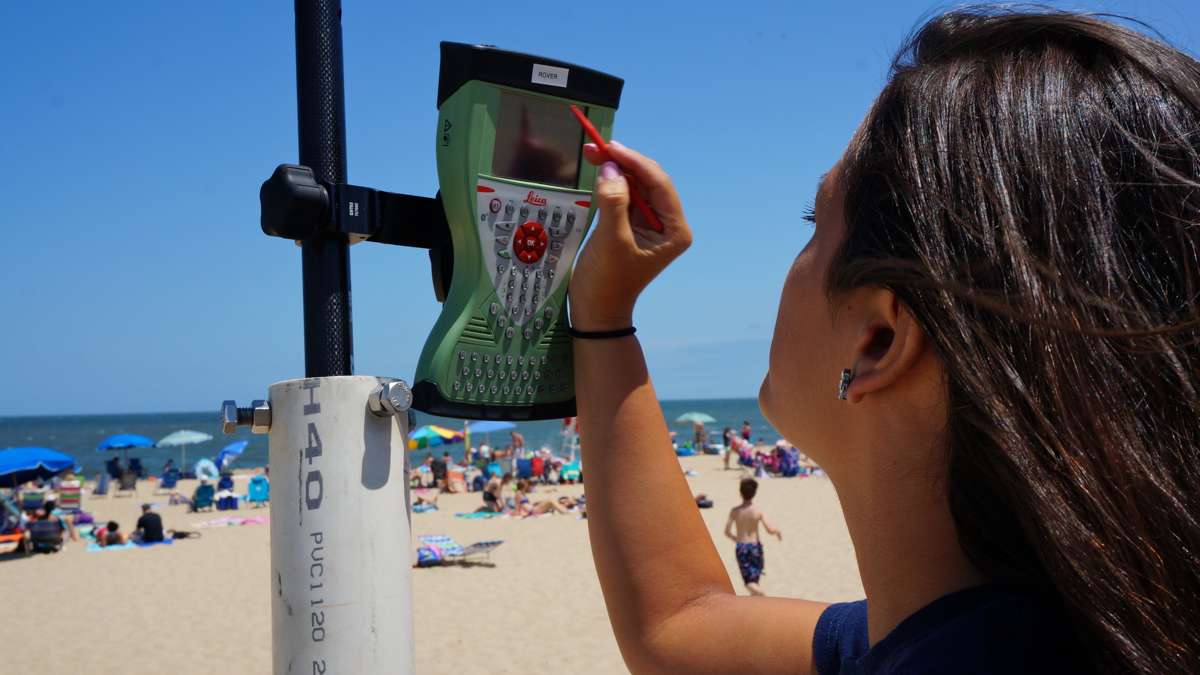
-

-

-

-

-

-

-

-
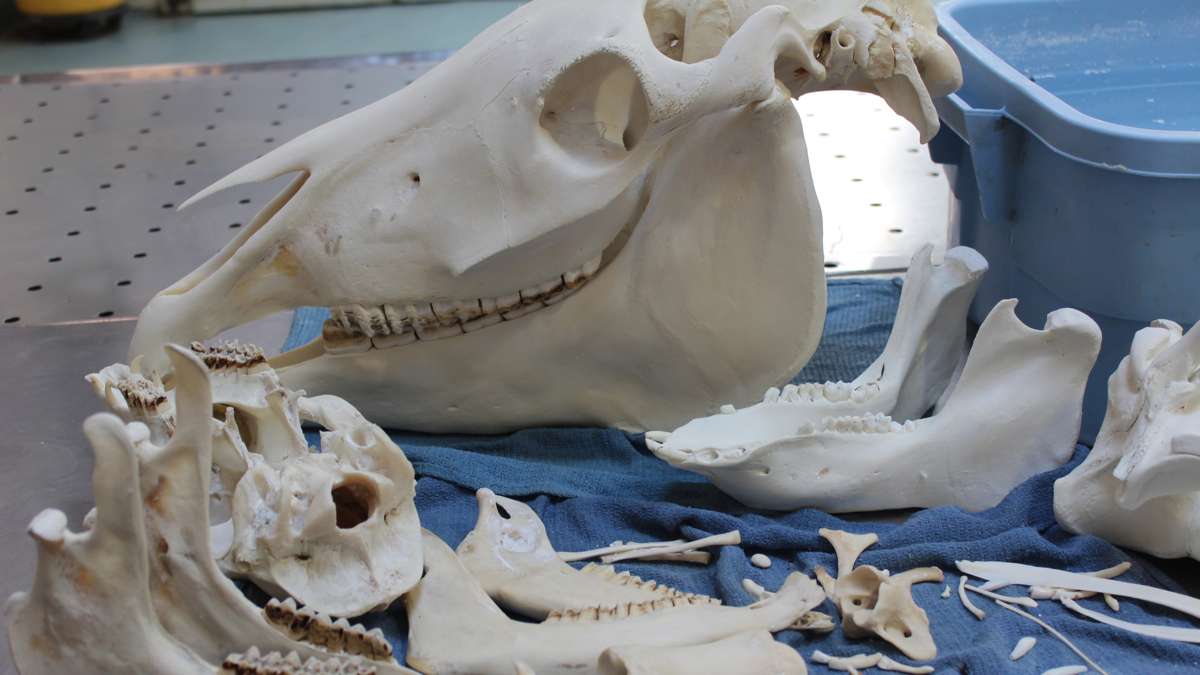
-

-

-
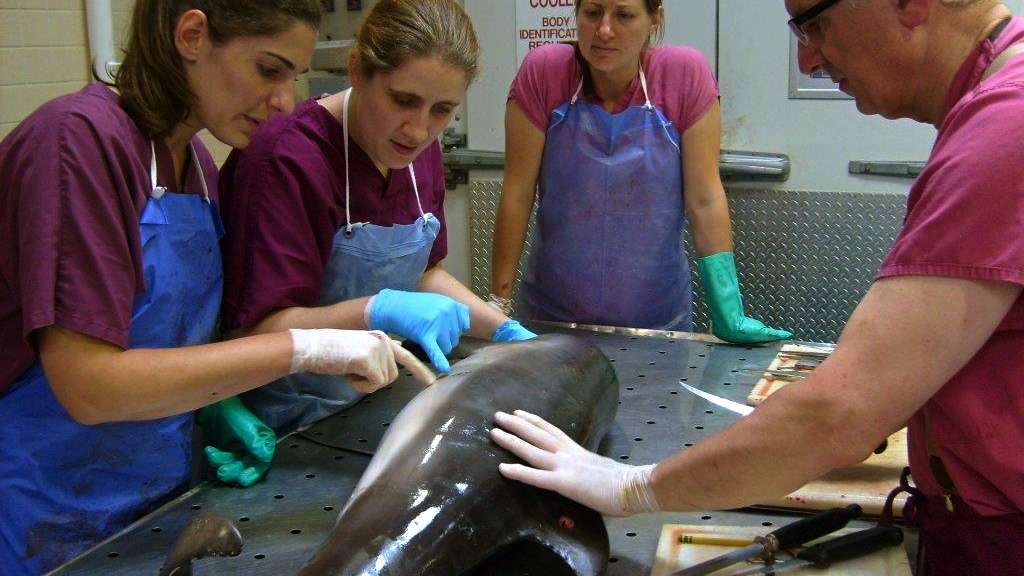
-

We meet the people who save dolphins, seals and turtles along the Jersey shore.
Let’s say you’re at the Jersey shore, walking along the beach. You look ahead and right there on the beach is a stranded animal, a small seal or perhaps a dolphin. You want to help, but you’re not sure what’s the right thing to do.
So who you gonna call? Robert Schoelkopf of course.
He’s the heart and soul of the Marine Mammal Stranding Center in Brigantine, N.J.
Schoelkopf is a serious fellow, with a stark bearing that speaks to his status as a Vietnam combat veteran.But one topic is sure to bring a light to his eyes and a smile to his face: dolphins.
“I had one dolphin that had been hit by a propeller across it’s snout,” he says of a dolphin he met in the Bahamas, where he visits every year. “Every time it would come to me and I would look at him and I could see the healing. And the last time I saw him, the minute I hit the water, he was right in my face, he shook his head up and down like ‘I’m healed’.
The Marine Mammal Stranding Center, which Schoelkopf founded with his wife, Sheila, in 1978, is the 911 for marine animals in N.J.
“Basically yes,” says Shoelkopf, “we are the only one in the state of N.J. that will respond on a 24-hour basis. We are on call, we handle 1,800 miles of coastline in New Jersey – that’s both ocean side and the back bay – and when we get a call we respond to sick, injured and dead animals.”
When the call comes, Schoelkopf dispatches a van to the location and two technicians bring the stranded animal back to one of the center’s 26 holding tanks for feeding and recuperation. From his office Shoelkopf, or one of his assistants, can watch the “patients” so to speak, as they progress. One video camera per tank.
So far this year, aside from a small whale that washed in the beach near Atlantic City in May, activity has been light. Sadly, 2013 was another story.
Remembering a deadly year for dolphins
“In three and a half months last summer, we lost 135 dolphins just in N.J., confirmed, we can’t tell you how many died at sea that never washed up. The count now is that all the way down to Florida over 1,300 died on the beaches.”
We are concerned at this time because now the dolphins have moved north again from their wider ground and they’re giving birth,” he said.
Since there are no scientists at the Brigantine center, the disease that killed the dolphins was diagnosed in Pennsylvania, at the University of Pennsylvania’s New Bolton Center in Kennett Square.
The dead animals Schoelkopf’s teams collected ended up in an enormous room where they’re hoisted by their tails or brought in gurneys to be processed. It’s an exacting procedure, with precise measurements and documented observations.
Dr. Perry Habecker, chief of the Large Animal Pathology Service at the Bolton Center, says “and then we systematically open their body cavity, remove organs, we will document the parasites that are in them. In a few days we’ll sub-section the tissues so they can be processed in the glass slides and then we look at each slide to determine if this is normal tissue, are there clues that this is a particular infectious agent or a toxin?”
In the case of last year’s epidemic of dead dolphins, the diagnosis was not entirely a surprise. It was Morbillivirus, the same virus that had killed 736 dolphins on the New Jersey beaches 25 years ago. Dr Habecker describes it as “a virus that likes to attack different organ systems at such a rate and degree that the body can’t cope with it.”
Sick dolphins can be recognized by skin lesions and discolorations.
Dr. Habecker, a vet for 40 years, seems clinical when he talks about dolphins and turtles, but he’s a bit less detached when it comes to seals.
“Seals I’ve always seen as swimming dogs, there’s a similarity there,” he says.
Habecker is a fan of the work Schoelkopf and his team do in saving seals.
In one of the center’s videos, an animal caregiver is describing a young seal who has just been liberated from a nylon net around her neck. Shoelkopf remembers with fondness another rescued seal as he sits next to one of many large photos of marine mammals at the Center’s museum and education center.
“This little gray seal, this is the first adult great seal that we had here that went up to 700 pounds. He’s been here three times because he knew where the food was. When he had problems getting food he would come here to the beach, we would pick him up and he would eat up to 70 pounds of fish a day.”
The Marine Mammal Stranded Center is located in an unusually shaped building, says Shoelkopf. “This building was a coast guard listening station…from WW1 and WWII. Here in Brigantine, it had equipment in there that would be sound sensitive to submarines and on top of the cupola they would turn a big wheel and it would hone in on the signals that came from the submarines. The lifeguards stored their boats here in the 60s and then we bought it and restored it for the museum.”
A story of commitment to animals
The story of the Marine Mammal Stranding Center touches on another war.
During the Vietnam conflict, Schoelkopf worked as a diver during combat operations; his hearing was seriously damaged in an underwater operation. Returning home in 1969, he got a job cleaning dolphin tanks at the Aquarama Aquarium Theater of The Sea, then operating in West Philadelphia. Later, he worked at the Steel Pier in Atlantic City, serving as MC for dolphin and other animal acts, using the moniker “Captain Bob.”
Then, one day, he decided he’d had enough. Spending so much time around dolphins, he’d grown to love respect them and adds that he was losing his interest in the dolphin shows because the animals were in captivity forever. “They never see sunlight, they had to work when they didn’t want to and I was losing the appeal for captive animals.”
And that was that. Schoelkopf decided to switch from holding dolphins captive to saving and healing them along with other marine animals.
To love the shore animals, says Robert Schoelkopf, you have to know them; that’s a reason the center runs family nature tours. The tours also are one revenue stream that helps to fund the Center’s $350,000 yearly budget. No government aid is involved. The rest comes from donations, fund-raising events, grants and sales in the center’s small museum.
Why does he do all that?
“Obviously it wasn’t for the money because you’ll never get rich doing this,” he says. “I mean you can probably pump gas at a gas station and make more than we do here. You have to have the willingness to dedicate to something. [It] doesn’t have to always be for money.”
WHYY is your source for fact-based, in-depth journalism and information. As a nonprofit organization, we rely on financial support from readers like you. Please give today.



